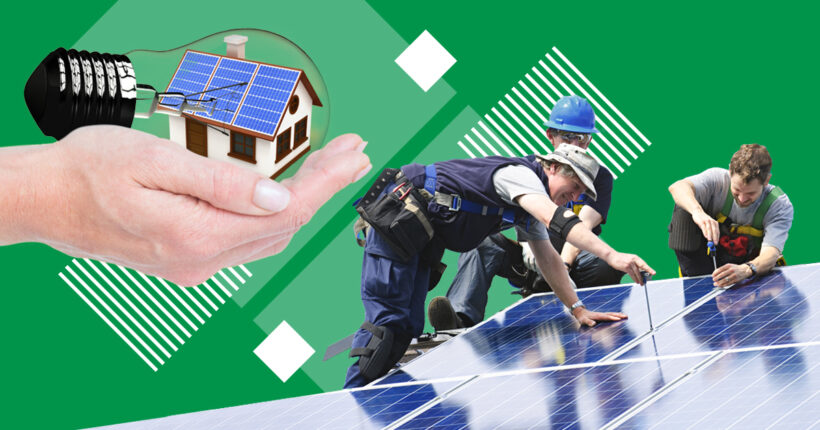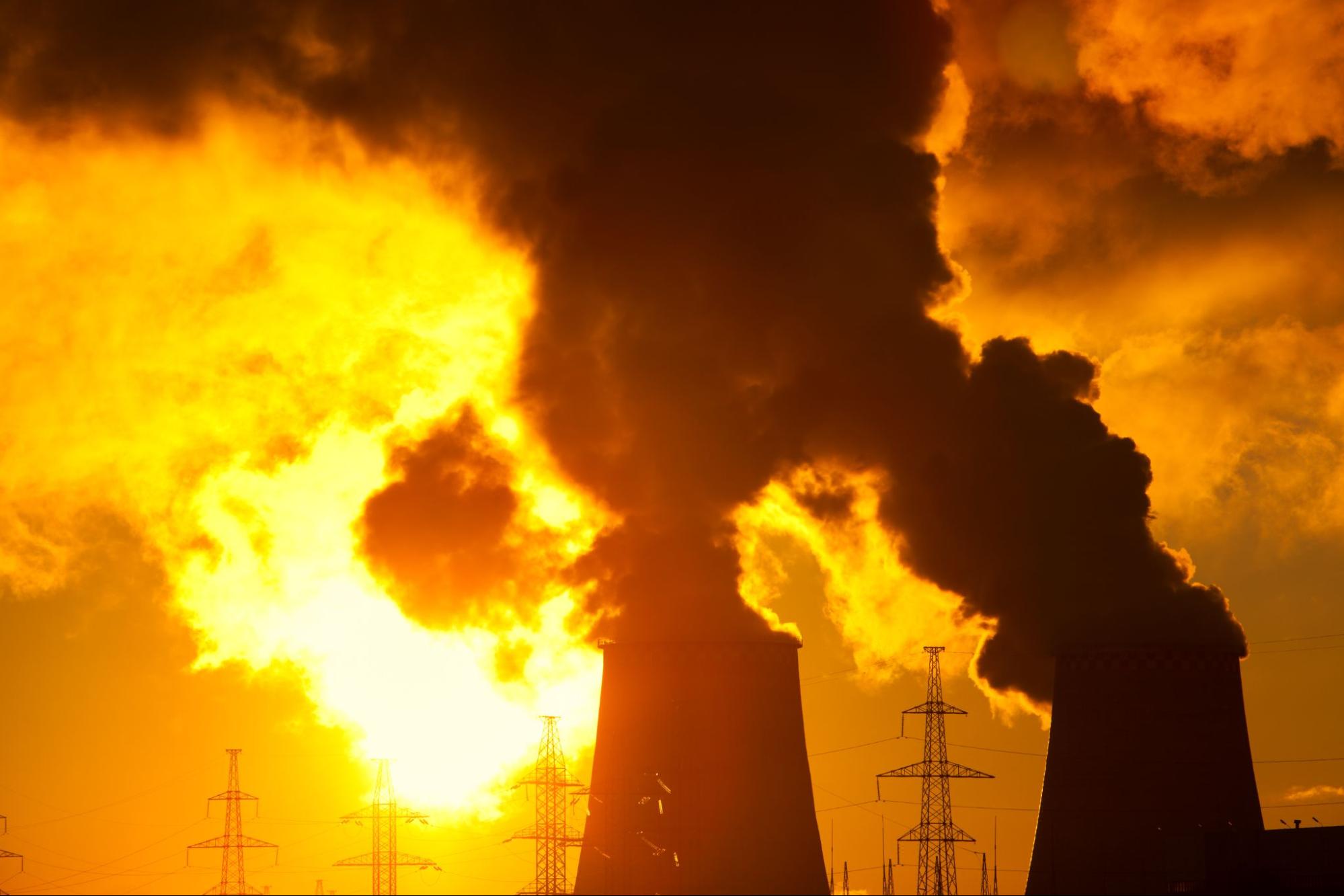
What is the problem?
The development of science, industry and the development of cities creates new challenges for nature. Cheap and "quick" solutions are often superior in reliability but can have a terrible impact on the environment.
To solve this problem, world governments are making global decisions to help preserve our environment. Therefore, some environmental norms gradually lose their "recommendatory" character and become mandatory.
What is the solution?
Solar panels for buildings in Berlin

From January 1, 2023, solar panels on the roofs of buildings in Berlin will become mandatory. The German government hopes this will positively impact the climate and help residents reduce their utility bills.
From now on, at least 30% of the roof area must be dedicated to solar panels, and the norm applies not only to new but also to renovated residential and commercial buildings, offices, and factories. Exceptions were made only for small buildings, the useful area of which is at most 50 square meters.
To make the project easier to implement, the city allocated 23.7 million euros to co-finance solar panels for companies and households.
How long this process will take and whether it will be effective is still unknown. Still, a study by the Berlin Solar Atlas project claims that solar panels placed on 500,000 roofs in Berlin could cover 77% of the private electricity needs of the entire city. But the Germans are still a long way from reaching such a figure: currently, photovoltaic or solar thermal panels cover only 8,000 roofs in Berlin.
What is the situation in Ukraine?

Such detailed research on the number of solar panels in the cities of Ukraine has not yet been conducted. Instead, there are general data from the State Statistics Service for 2021. At the beginning of last year, about 45 thousand households used solar panels and saved on electricity bills. The total capacity of such SPSs exceeded 1.2 GW. At the same time, there are no norms dictating the mandatory installation of solar systems.
As for the state incentives, there is no monetary support for installing solar panels in Ukraine. However, there are benefits for those who choose to use renewable energy. They are provided for by customs and tax law, mainly concerning tax exemption for importing the relevant equipment.
Another "push" to the transition to green energy is provided by the law "On Energy," which regulates the "green tariff" — a reward mechanism for energy generation from renewable sources.
"Carbon standard" for construction projects

The push to build more energy-efficient buildings in recent years may inadvertently increase the use of carbon-intensive building materials such as concrete, steel, and glass.
The Toronto Green Standard in Canada was updated in May 2022. It now requires measuring and publishing data on the amount of carbon released into the atmosphere during materials production if manufacturers want to qualify for certain rebates for green building projects. And at the end of 2022, the Canadian federal government set a "carbon standard" for its own construction projects.
It is interesting that large asset managers also insist on the disclosure of information. In an October 2022 report titled Full Disclosure, the Canadian Green Building Council, which represents firms with $110 billion in assets, called on governments to set guidelines for building energy disclosures and require data sharing as a prerequisite for approval:
"Data transparency and benchmarking can help plan for energy and emissions reductions, and more broadly can help design effective policies and programs," the report says. All participants promised to share their own data — good, bad, or terrible.
What is the situation in Ukraine?

Currently, legislative requirements for the environmental safety of building materials are only being formed in the country. In the legal field, of course, laws and regulations regulate this industry and prohibit the use of materials toxic to humans. And when construction is a state order, such additional characteristics of materials as environmental friendliness and the number of natural resources involved in the production should be considered during the tender.
However, developers do not have to disclose complete data on materials, and subsidies for more ecologically conscious entrepreneurs, unfortunately, have not yet been provided.
Reuse of building materials

Interest in recycling construction waste as a way to reduce construction-related emissions is growing rapidly around the world. For example, in Denmark and Germany, there is a direct requirement in new construction to use a certain percentage of products from recycled waste.
About 87% of construction and demolition waste is recycled in Austria. Waste is usually collected by disposal and demolition operators directly on-site.
The most radical measures to combat the dumping of construction waste were taken in Belgian Flanders, where there are direct bans on landfills for the secondary processing of fractions of construction waste. The high population density of Flanders and the shortage of vacant sites at existing landfills explains this approach.
In the Netherlands, there has been a law for about 10 years prohibiting the transportation of construction waste that can be recycled to landfills. For example, circular economy-oriented Dutch architects and builders are increasingly turning to "urban mining" as a way to supply new materials.
What is the situation in Ukraine?

After each "arrival" in Ukraine, rubble is dismantled, and settlements are cleared of the debris of destroyed objects. Like waste from construction, waste from destruction can be reused not only during the restoration of damaged objects but also during the production of building materials.
At the same time, demolition waste has a slightly different structure than construction waste. After all, metal plastic and glass, facade decoration materials, reinforcing mesh, mineral wool, interior decoration materials, wall materials, roofing, household items, and wood fragments — individually, all these remnants could be used, but in the existing state, when they are all mixed in ruins, they need very careful sorting.
Therefore, the materials are first sorted and then divided into groups — those that can be reused (for example, glass, metal, plastic, concrete) and those that cannot be recycled and need to be disposed of (for example, thermoformed elements of thermal insulation of the facade).
Sorted materials serve various purposes: for building roads, filling pits, and sometimes even for producing new building materials.
The time when ecological solutions were know-how, and something unusual is passing away. Instead, some new solutions become mandatory. These are global solutions, and often not easy, but those that will help save our planet and give the next generations a chance for a healthy and clean future.
This material was created by the online media outlet Rubryka within the framework of the "Ukrainian Rapid Response Fund" program, implemented by IREX, with the support of the US State Department. The content is the sole responsibility of the Rubryka online media outlet and does not necessarily reflect the views of IREX or the US State Department.
Newsletter
Digest of the most interesting news: just about the main thing







